[[bpstrwcotob]]

Advancing Efficiency in Laboratory Design: Actionable Insights from NREL
In the closing session of the 2025 Lab Design Conference, experts from NREL highlighted how the Smart Labs framework offers a practical path to significantly reduce laboratory energy use—without sacrificing safety—through data-driven ventilation strategies, stakeholder collaboration, and continuous operational improvement
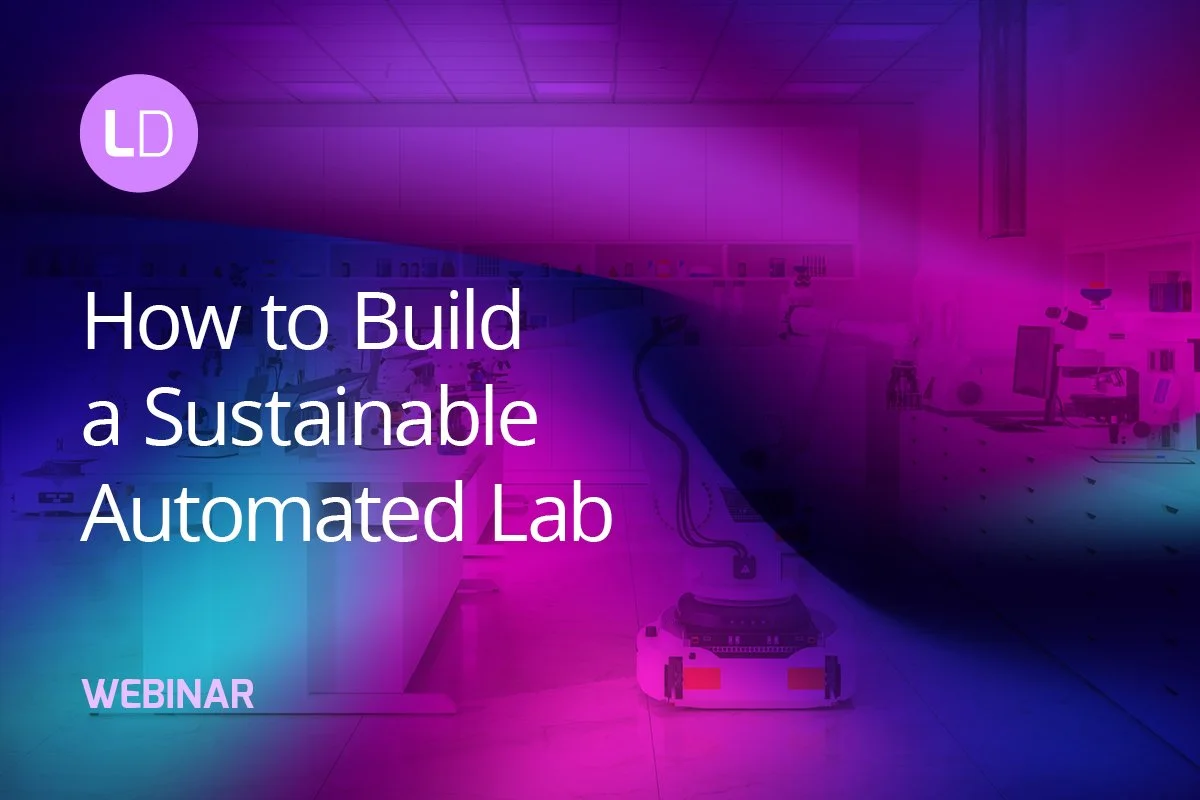
Webinar Preview: How to Build a Sustainable Automated Lab
Lab Design will host a free webinar on Thursday, September 25, 2025, at 1:00 pm ET to explore how automation, robotics, and AI are transforming research workflows and what lab planners, designers, and end users can do to create sustainable, flexible facilities that meet both today’s and tomorrow’s needs
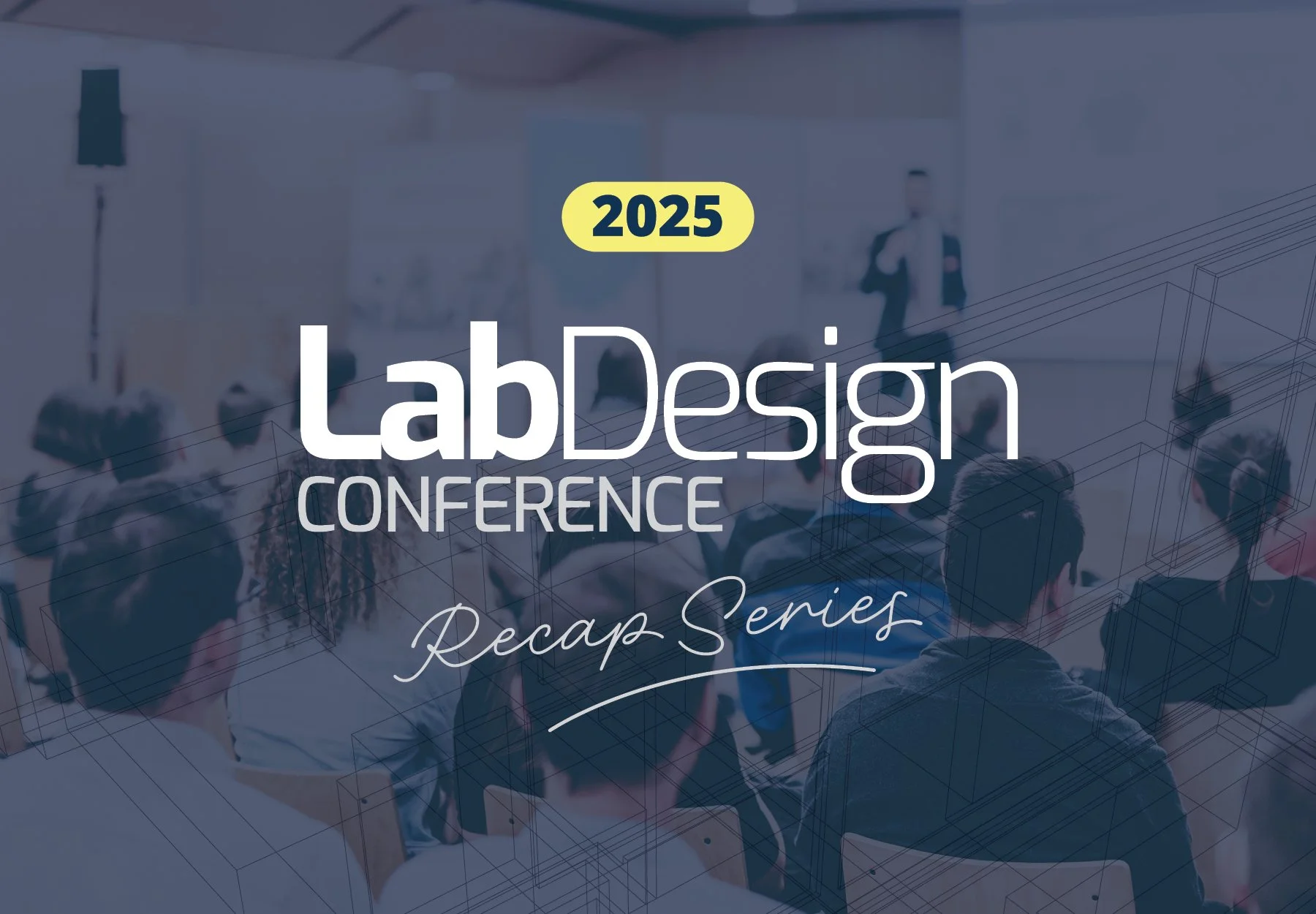
From Old to High-Performing: Navigating the Complexities of Breathing New Life into Existing Buildings
Outdated buildings—including a federal lab and a former big-box store—can be successfully transformed into high-performing, flexible laboratory spaces by leveraging early feasibility studies, interdisciplinary collaboration, and design strategies focused on sustainability, adaptability, and occupant well-being
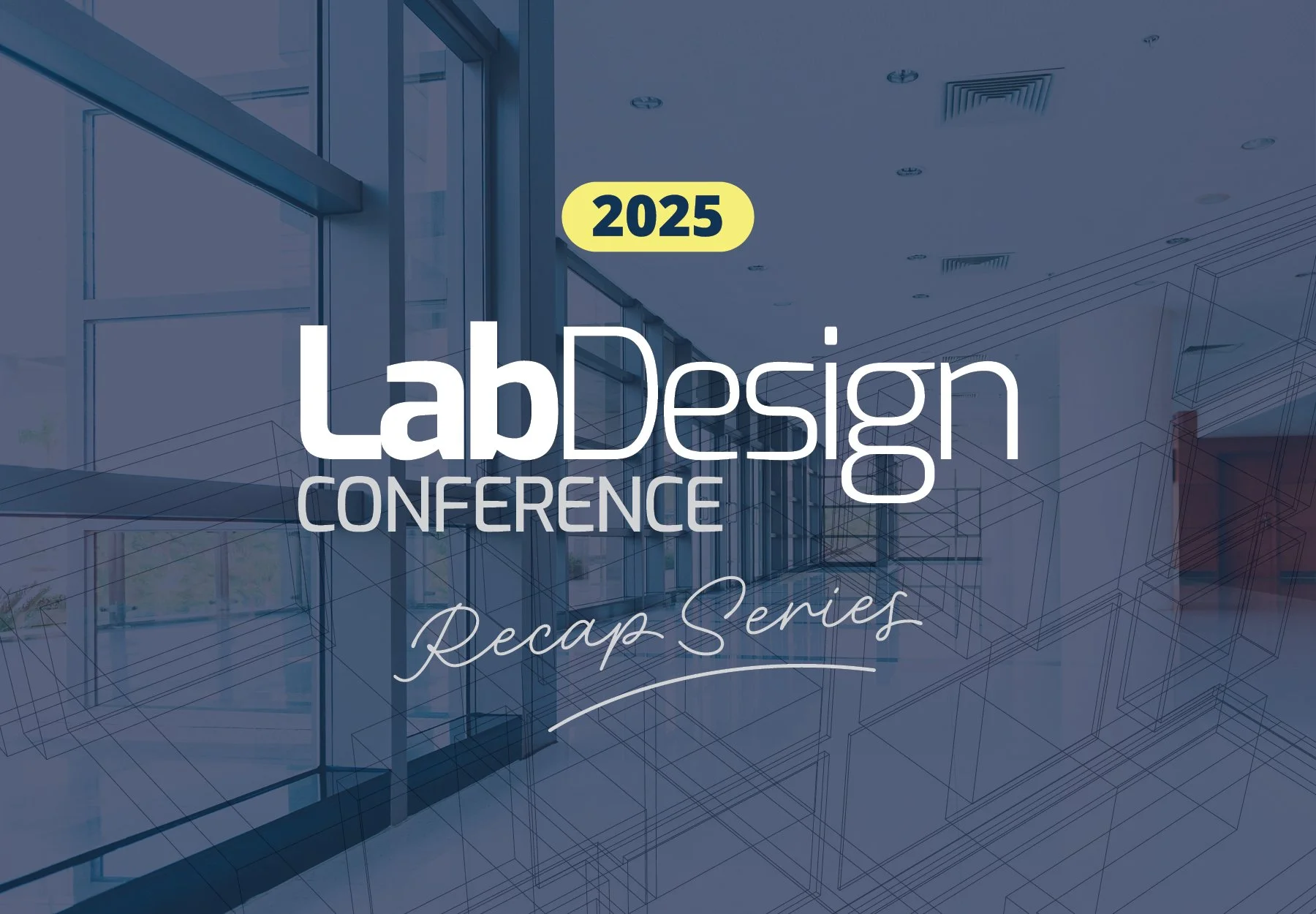
Creating the Future from the Past: An Environmental Case Study
At the 2025 Lab Design Conference, Leo A Daly’s Larry Wright presented the full gut renovation of the Armed Forces Radiobiological Research Institute, illustrating how outdated, highly technical mid-century research buildings can be sustainably transformed—preserving architectural legacy, improving animal research operations, and achieving LEED Silver certification—through thoughtful planning, structural innovation, and reduced embodied carbon
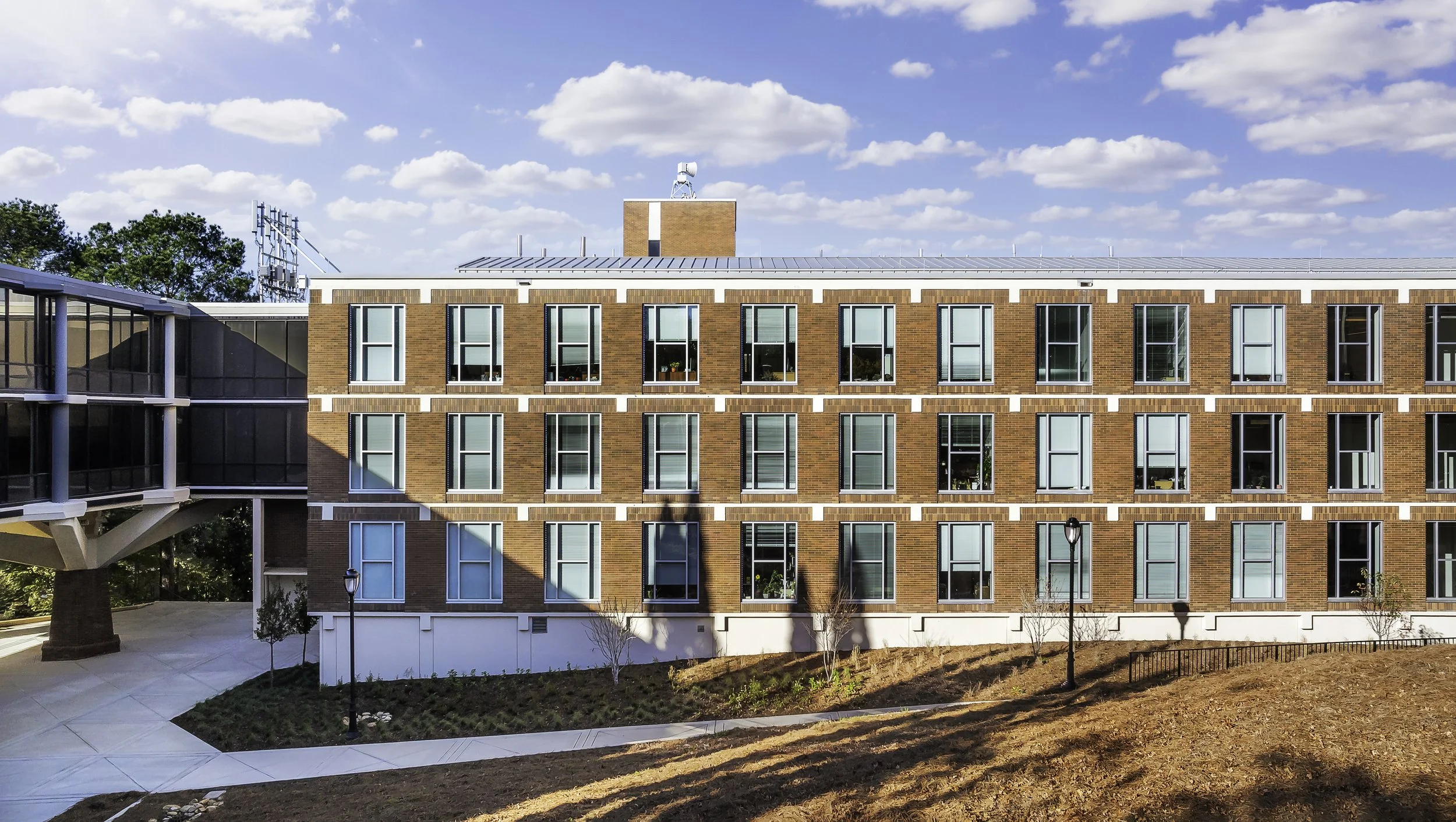
Modernizing a Mid-Century Lab for 21st Century Research
The renovation of the University of Georgia’s Cedar Street Building C demonstrates how aging research facilities can be transformed into modern, flexible, and sustainable lab environments while honoring their historic character

Aggie Square and the Rise of Integrated Innovation Hubs
Aggie Square in Sacramento exemplifies a new model for innovation districts by blending academic, industry, and community uses within a flexible, all-electric research campus—prioritizing openness, sustainability, and stakeholder collaboration to deliver a high-performance, inclusive environment for next-generation research and development

Webinar Preview: Sustainability Considerations in Small Laboratory Renovations and Refits
Join us for this webinar to learn how architects, lab planners, and lab managers can approach small laboratory renovations in ways that achieve meaningful sustainability goals without relying on third-party certifications, using a flexible, collaborative strategy
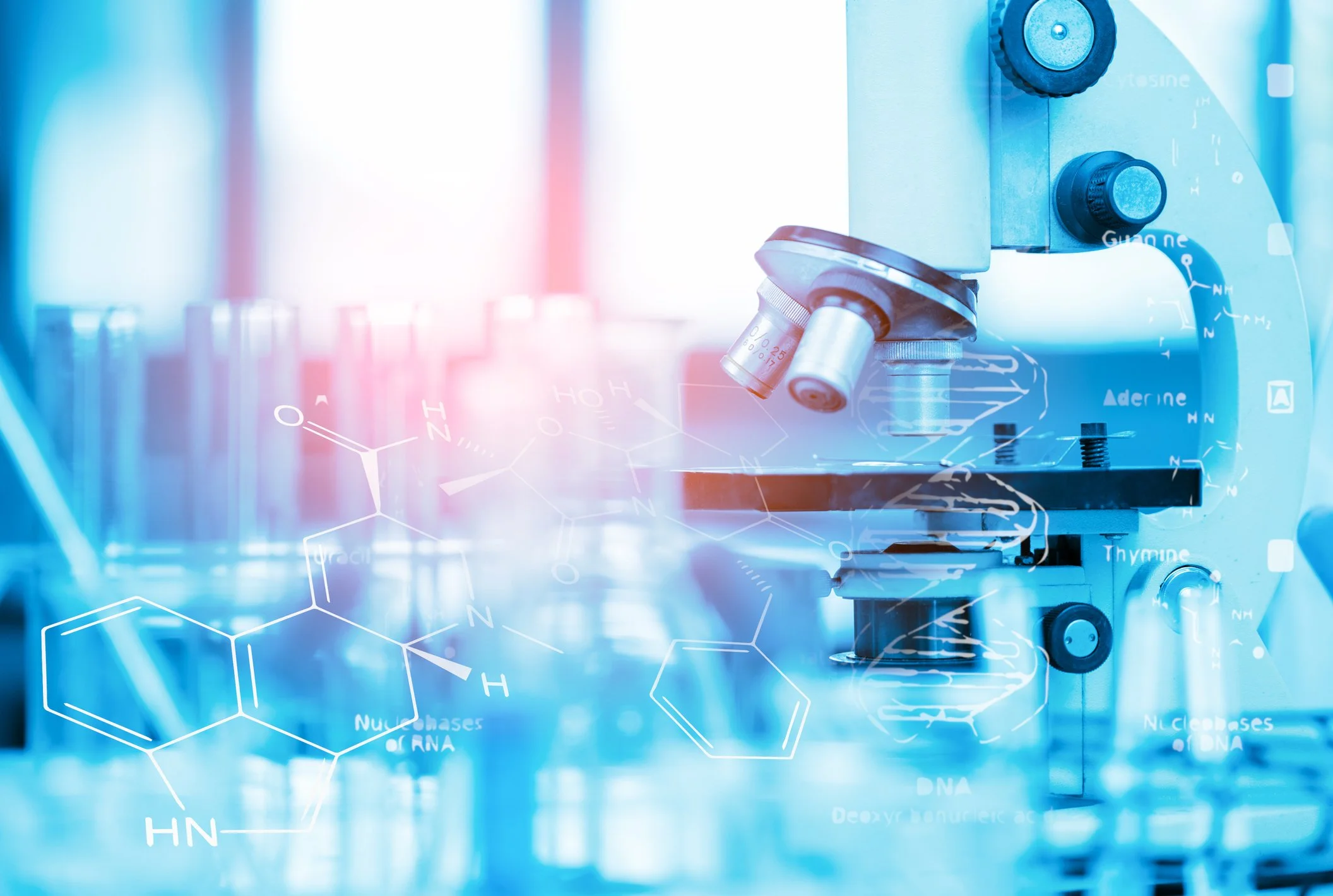
Grow Without Building: Labs Embrace Smarter, Scalable Upgrades
The U.S. life sciences real estate sector is shifting from expansion to optimization, as companies respond to slowed leasing and rising biomanufacturing demand by investing in low-cost upgrades and smarter space utilization rather than new construction, all while preparing for future flexibility and scalability

What Crime Labs Need Now—and Tomorrow: Insights from Arkansas’ New Facility
The design and construction of the new Arkansas State Crime Laboratory highlight the importance of early user engagement, flexible infrastructure, and careful planning to meet evolving forensic science needs and operational workflows
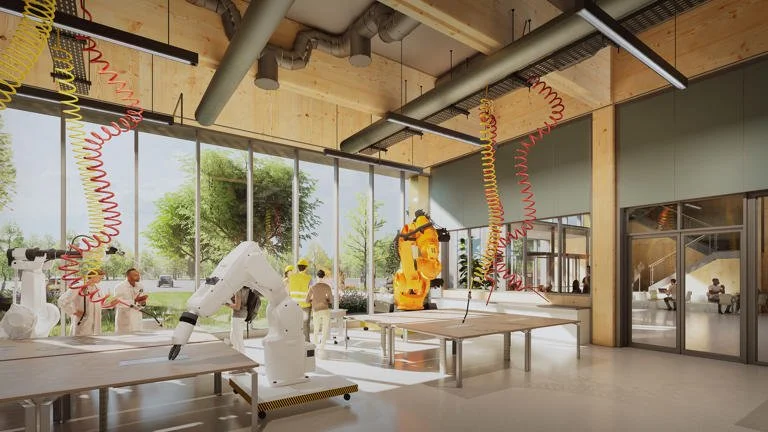
University of Maine Launches Innovative GEM Research Facility
The University of Maine has broken ground on the GEM Factory of the Future, a cutting-edge research facility designed to integrate sustainable mass timber construction, AI-enabled manufacturing, and robotics within a highly precise, adaptable, and collaborative academic environment
